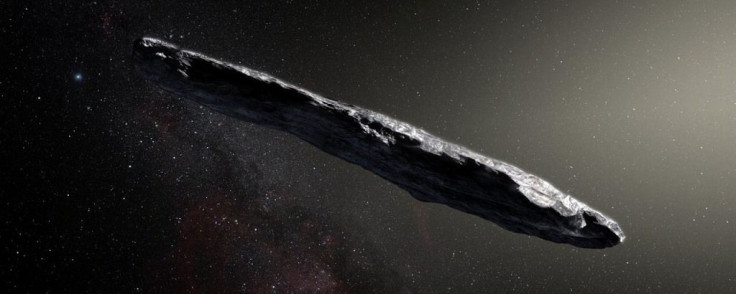NASA Asteroid Tracker: 180-Foot NEO To Get Incredibly Close To Earth Today

A massive asteroid taller than the Chicago Water Tower is currently on a near-collision path with Earth today. The asteroid is one of the near-Earth objects expected to fly close to the planet this week.
Dubbed as 2019 LB, the asteroid has a diameter of 180 feet. It was first observed on May 7 and is currently flying at a speed of almost 14,000 miles per hour.
2019 LB is expected to approach Earth on June 12 at 2:38 pm ST. During its visit, the asteroid is expected to be within 0.02333 astronomical units or around 2.2 million miles from the Earth’s surface.
According to the data collected by NASA’s Center for Near Earth Object Studies, the asteroid is expected to return on Dec. 13, 2023. By this time, it will fly at a much farther distance from Earth at 0.35829 astronomical units or around 33 million miles.
2019 LB reached its closest distance from Earth when it passed by during the early morning of June 15, 1976. During the asteroid’s flyby, it came close to Earth by only 0.01680 astronomical units, or around 1.6 million miles.
2019 LB is the latest asteroid to visit Earth this week. Over the next couple of days, a total of five near-Earth objects will be zipping past the planet. The largest asteroids from the group, both measuring 361 feet, will pass by Earth on June 14. The two giant space rocks will be flying at a much farther distance than 2019 LB.
According to NASA, visits from near-Earth objects are fairly common. These rocks, which are usually comets and asteroids, enter Earth’s neighborhood after being nudged by the gravitational force of other nearby planets.
The space agency noted that studying asteroids and comets can offer a deeper understanding of the composition of planets since these objects are regarded as the leftover debris from the formation of the solar system billions of year ago.
“As the primitive, leftover building blocks of the solar system formation process, comets and asteroids offer clues to the chemical mixture from which the planets formed some 4.6 billion years ago,” NASA said in a statement.
© Copyright IBTimes 2024. All rights reserved.





















